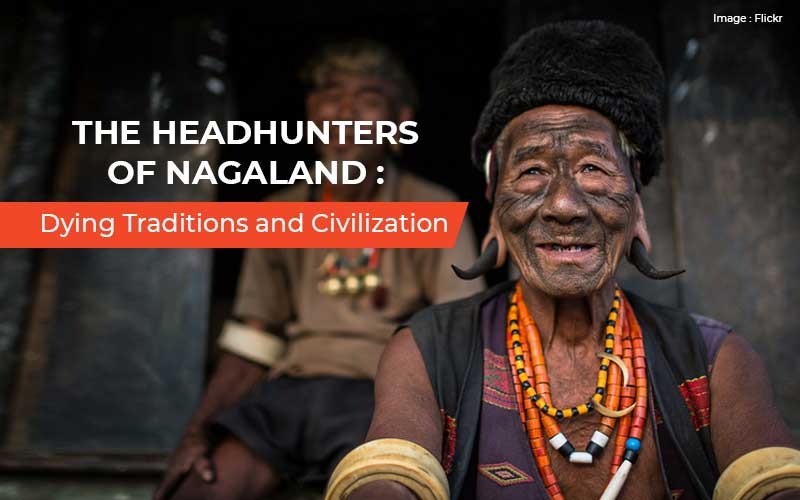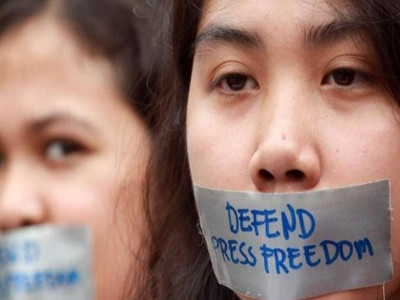
The Headhunters of Nagaland: Dying Traditions and Civilization
Among
Nagaland's vast mountains, fluffy clouds, and wide stretches of lush forests
live sixteen major indigenous tribes with their own customs and traditions. What's
more, these tribes followed their own pace in the path of civilization, contrary to the pace of the fast-modernizing country to
which they belong. The Konyaks, the largest of these tribes, are perhaps the
most fascinating and 'fierce' of them all, known for their tattooed faces and history of headhunting. Headhunting was a source of pride for this
great warrior tribe, and it played an essential role in their society. The
Konyaks thrived throughout the years of great inter-tribal conflict, raiding
neighboring communities, taking over land, and bringing back the heads of their
captives as trophies.
These headhunters have a rich cultural tradition that was often misinterpreted by outsiders who considered their tattoos, animal skins, hair, and horns barbarous and savage. But if you look closely, you’ll see that the tribe's "brutish" behaviors are deeply ingrained in their customs and culture, with tattoos worn as badges of honor, marks of different stages of womanhood, a rite of passage, and a symbol of societal respect.
What exactly is the ancient practice of "headhunting"?
The concept of headhunting was to keep an enemy's head after slaying him. This was an ancient practice that has continued among Nagaland's Konyak tribe. The Konyak tribe asserted that a human skull contains specific energy for life and that it promotes crop harvesting. Nagaland's headhunting ended in 1935, just a few years before India's independence in 1947. After the arrival of Christianity in Nagaland in the nineteenth century, the tradition of headhunting came under attack.
Dr. EW Clark, an American missionary, established a missionary school in Nagaland, and by the late twentieth century, more than 98 percent of locals had converted to Christianity. The native log drums and dances of Nagaland were suppressed and substituted with hymns and gospels. Although Christianity brought peace and paved the way for a uniting language called Nagamese to be adopted by the various tribes of Nagaland, the ancient traditions and cultures were taken away.
Symbol of their ancestry
Explore the village of Longwa on the fringes of the Mon region to get a flavor of the headhunting lifestyle. Here, the elderly are still heavily tattooed as a reminder of their heritage. Konyak women have tattoos covering their bodies and faces to indicate that they are married and cannot accept any proposals. It also indicates his or her social standing and accomplishments. One intriguing feature is that the village head's house, known as "Angh," is located in the midst of the international border between India and Myanmar.
These former warriors who are generally in their 80s are also distinguished by their massive ear piercings made of animal horns and war caps constructed of hunted wild pigs' horns, hornbill feathers, and wild bear or goat hair. And they still have the knives that they used to kill.
Today’s Konyaks are just as passionate about their warrior heritage as earlier generations. The ability to use a long-handled headhunting knife has passed down through generations to them. All of the tribe's male members own handcrafted firearms built in these distant locations. They no longer settle their conflicts with these weapons; however, Konyak festivals are frequently held to pay homage to their headhunting days, with war dances, and guns and knives prominently featured.
I believe it was a very honest and significant part of their society; the tribe held a great deal of religious and cultural value. It was a part of growing up for them, a method for them to prove their worth in society. I believe this quote best explains it: "What money is to you, heads were to us."- The Konyaks
Disclaimer: The opinions expressed in this article are those of the author's. They do not purport to reflect the opinions or views of The Critical Script or its editor.

Newsletter!!!
Subscribe to our weekly Newsletter and stay tuned.

















Related Comments